- Y.SH
- information
- 14922 views
- 0 comments
Sushi is one of those foods that is a little on the pricey side but is always worth it. Who doesn’t like to spoil themselves with a plate of sushi from time to time? While caviar is typically eaten with some bread or crackers as a spread, you may have heard of fish eggs like tobiko caviar, masago caviar and ikura being served with sushi. Today’s article will look at the best type of caviar in sushi.
The word "caviar" is most commonly used to refer to fish eggs, though technically, this term applies only and specifically to the eggs of one particular species: sturgeon.
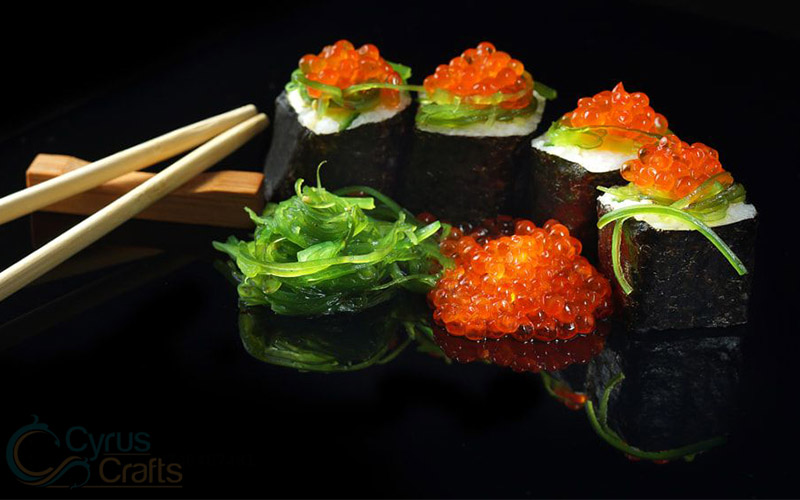
What is the caviar on sushi?
In the most classical sense, the word caviar refers only to the roe of the sturgeon fish. This type of fish appears in the Caspian sea and Black sea.
Sturgeon caviar roe is small and glossy, about the size of a pea. Its color can range from amber, green, or red to intense black.
Mostly, caviar is not an ingredient or dish but a garnish. Caviar may bring images of luxurious dinners or restaurants to mind, and it is an exclusive food product. Particularly due to overfishing and sea contamination, true caviar prices are incredibly high. But you can buy original caviar at a great price. Cyruscrafts is a website that delivers fresh caviar directly from the Caspian Sea to your kitchen in Canada or the United States so you can savor its true taste.
There are many different types of sturgeon caviar, including:
- Beluga
- Kaluga
- Osetra
- Sevruga
- Sterlet
- Siberian sturgeon
- White sturgeon
- Hackleback
- Paddlefish
Caviar has a salty taste that many people say is similar to a sea breeze. The eggs have a crunchy texture and release a slightly sweet taste upon chewing.
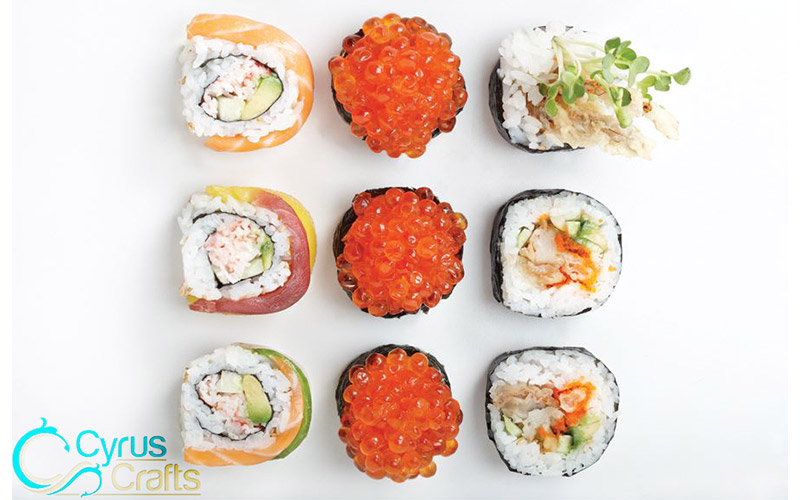
Cyrus Crafts; Luxury & Unique Products
Best Caviar for Sushi
The roe of the sturgeon is salty, with a crunchy flavour that pleasantly tastes like the ocean. Caviar has skyrocketed in price over the last few years because it is becoming increasingly difficult to harvest sturgeon eggs from their native waters and produce a substantial amount of caviar.
Sushi can feature a number of different types of fish eggs, including:
- Salmon roe or ikura
- Tobiko caviar
- Masago caviar
Tobiko caviar
Tobiko sushi caviar, or flying fish roe, comes from the eggs of a species of tuna called Tobikuna. Tobiko, a fish egg used in sushi and other Japanese dishes, is the most common species in sushi. If you've ever ordered seafood at a restaurant where they didn't specify what kind of roe was being served—and weren't sure about it afterwards—chances are pretty good that you ate tobiko cavair.
Tobiko caviar can be found in sushi bars and restaurants, adding color and flavor to dishes. Some people eat tobiko caviar as a delicacy on their own or with other foods like rice or fish.
Tobiko caviar is an orange-red sea caviar made from the roe (eggs) of flying fish. Restaurants sometimes add wasabi or squid ink to change its flavor and appearance, though it usually takes on a naturally vibrant reddish hue in its natural state.
Tobiko eggs are so small (typically less than 1 millimetre) that the crunch or bursting feeling they give when one bites into them is very distinctive.
Tobiko caviar is traditionally salt-cured and tends to be smoky and salty in taste. However, tobiko roe is also somewhat sweeter than other types of fish eggs, such as caviar or ikura.
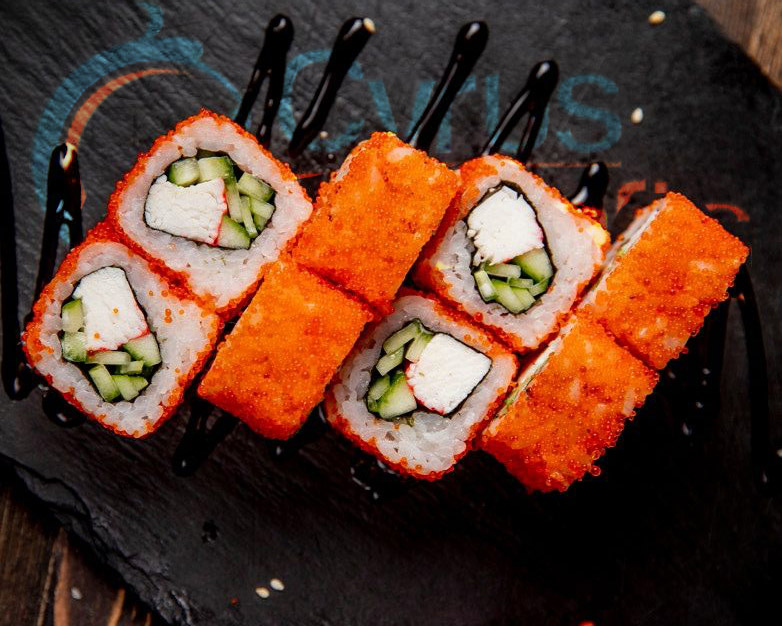
Like other types of roe, such as Almas caviar, tobiko caviar contains high levels of protein and omega-3 fatty acids. A study in the International Journal of Molecular Sciences shows that flying fish roe is extremely high in phospholipid fats, which may help protect the heart and liver, reduce inflammation, and improve learning capacity.
However, tobiko caviar is very high in cholesterol. That being said, this is not usually an issue in moderation, as the serving size for tobiko caviar is typically very small.
The roe of the sturgeon is salty, with a crunchy texture that pleasantly tastes like the ocean. It has risen in price over recent years because it is becoming increasingly difficult to harvest sturgeon eggs from their native waters and produce enough caviar.
Salmon Roe
Ikura, or red caviar, is another name for salmon roe. Salmon roe is much larger than many other types of roe. Salmon roe differs from other sushi caviar in that it’s far larger and has a more delicate taste, making it more reminiscent of actual caviar than the other two.
Salmon roe also has an intense reddish-orange color due to specific pigment compounds in the egg. The eggs are shiny and should be slightly transparent. If you handle the salmon eggs carelessly, or if they break during cooking and handling, their quality will suffer.
There are a few different ways to enjoy ikura. Thanks to its similarities with caviar, ikura is often used as a cheaper substitute. One crucial difference between salmon roe and caviar is that salmon roe can be frozen without affecting the flavor and texture. This is because it is often heavily salted when frozen.
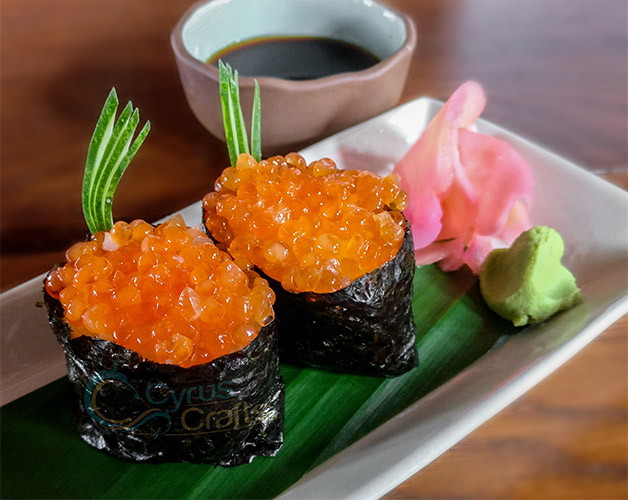
Salmon roe is a very nutritious food. As a study in the journal Clinical Interventions in AgingTrusted Source points out, salmon roe is high in healthful fatty acids, High-quality omega-3s in the form of eicosapentaenoic acid (EPA) and docosahexaenoic acid (DHA), as well as omega-6, -7 and 9 fatty acids, come together with good protein levels to give salmon roe its nutritional punch. Vitamin A is also present in this popular antioxidant. The pigment compound in ikura, called astaxanthin, is also a potent antioxidant, which may help fight damage from free radicals in the body and protect against signs of aging.
Masago Caviar
Masago caviar is the name of the roe from capelin, a fish in the smelt family. Capelins are small and produce very small eggs; therefore, masago caviar tends to be tiny as well.
Masago caviar has a bright reddish-orange look, though slightly less vibrant than tobiko caviar. Some producers dye the eggs to pass them off as the more expensive fish roe, but masago caviar is smaller in size and texture. Tobiko caviar is typically around 0.5 mm in diameter, while masago caviar tends to be smaller than half a millimeter.
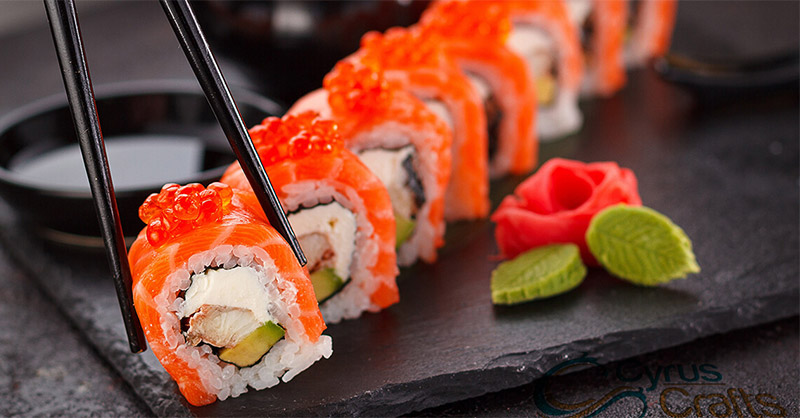
Masago caviar does not provide the same sensation as ikura or tobiko when a person eats it, as it is more sandy than crunchy. It is also similar in taste to tobiko caviar, though it tends to be more bitter. Like caviar, masago tends to be more of a garnish than the focus of a meal.
Because of their similarities, many restaurants use masago instead of tobiko caviar—although it tends to be much less expensive. Masago caviar is common on sushi rolls and rice dishes but will likely not make up the bulk of a meal; rather, its presence makes an inexpensive complement to more costly ingredients.
Masago caviar is low in calories and delivers healthful proteins and fatty acids, plus important nutrients such as magnesium, selenium, and vitamin B-12, to the body. However, masago caviar tends to be relatively high in sodium.
There are also some ethical concerns about eating masago caviar. Capelin fish are important food sources for much larger fish and marine animals, and overfishing may have a detrimental effect on the local environment.


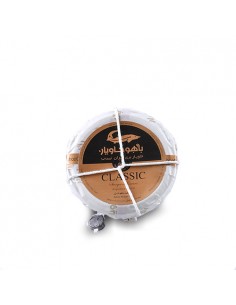

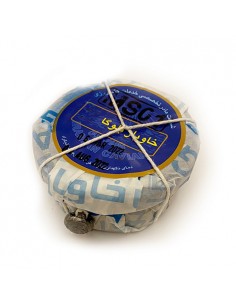

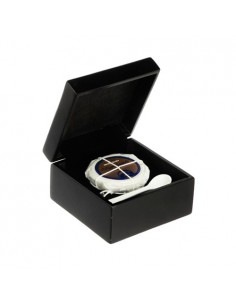

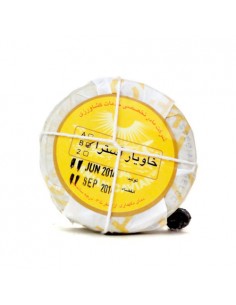

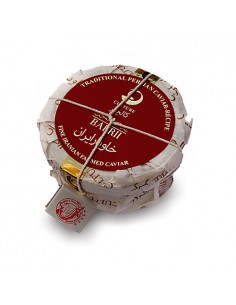

Comments (0)